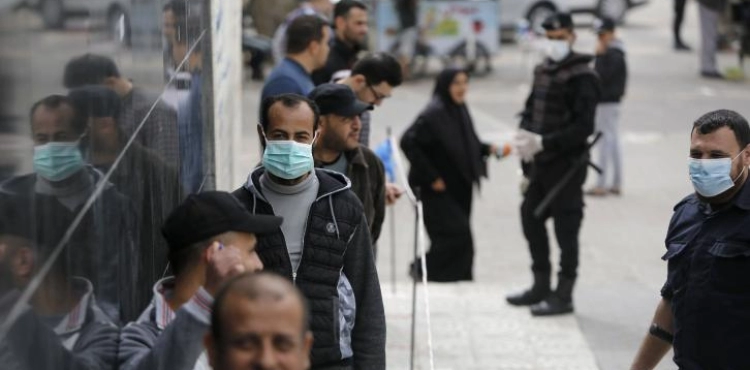The Al-Mezan Center for Human Rights affirmed that the health sector in the Gaza Strip is not ready to cope with the spread of the new Corona virus "Covid 19".
In a report, the center warned of a real catastrophe that will affect the sector in the event of an increase in the number of injuries, stressing the need to act immediately to relief the health sector and provide assistance to it urgently, especially with regard to providing ventilators, analysis equipment and medicines necessary to reduce any losses.
The Center called for the necessity of activating the recommendations of the international investigation committees in activating accountability and accountability for violations of international law, and to work without delay to end the Israeli blockade of the Gaza Strip.
The center accused the occupation of degrading its legal duties as an occupying power to support health services and hospitals in Gaza, and providing them with the necessary materials and equipment to deal with the virus, noting that this would leave Gaza residents facing death in light of the lack of material and human capabilities to confront the virus.
The center published figures indicating the weakness of the health sector in Gaza, noting that the number of intensive care beds in Gaza Strip hospitals reaches (110) beds for adults, of which (78) are in hospitals of the Ministry of Health, and (7) beds are in the military medical services, while institutions have Medical capacity (12 beds), and private medical institutions have (13) beds.
He explained that 72% of the intensive care beds in the hospitals of the Ministry of Health are occupied, which means that there are (22) beds equipped to receive cases of HIV infection in the event of its spread.
He pointed out that the number of ventilators needed to treat the injured in intensive care units is (96) devices, of which (63) are in hospitals of the Ministry of Health only, (9) devices in hospitals affiliated with private institutions, and (7) devices in Kamal Hospital Aggression of medical military services, and the presence of (17) devices in private hospitals, 10 of which are inactive.
The Gaza Strip suffers from a severe shortage of analysis equipment, which prevents the Ministry of Health from being able to analyze all suspected cases and wait for the symptoms of the disease to appear.
The health sector also suffers from a shortage of protective clothing and tools for medical personnel in their struggle with Corona virus, which means that the ratio of the number of devices to the population in the sector is one ventilator per 33,333 people. According to the center.
The center pointed out that the Israeli occupation authorities allowed the introduction of very limited quantities of several analyzes, as the Ministry of Health indicates that the available quantities allow for about (1500) analyzes only, a large part of which was used.
While the Gaza Ministry of Health cannot conduct a few samples per day, the occupation authorities conduct 10,000 daily analyzes of their citizens and seek to increase the number to 30,000. As the center said.
Al-Mezan Center for Human Rights pointed out that the spread of this epidemic will affect the lives of those who suffer from serious diseases, especially those who receive treatment outside the Gaza Strip after hospitals canceled the dates of their treatment sessions, and that the Israeli restrictions imposed on the freedom of movement for them and their companions threaten their right to receive The treatment is real dangerous to their lives.
He pointed out that the Corona pandemic arrived at a time when the Palestinian economy in the Gaza Strip is basically witnessing an unprecedented and accelerating collapse, and an outbreak of the unemployment phenomenon that recorded (52%) among the workforce, pointing out that unemployment among young people at the age of (18-29) In general, it increased during the year 2018 from 53% to 69%, as poverty spread among the population, and its percentage recorded (53.0%).












